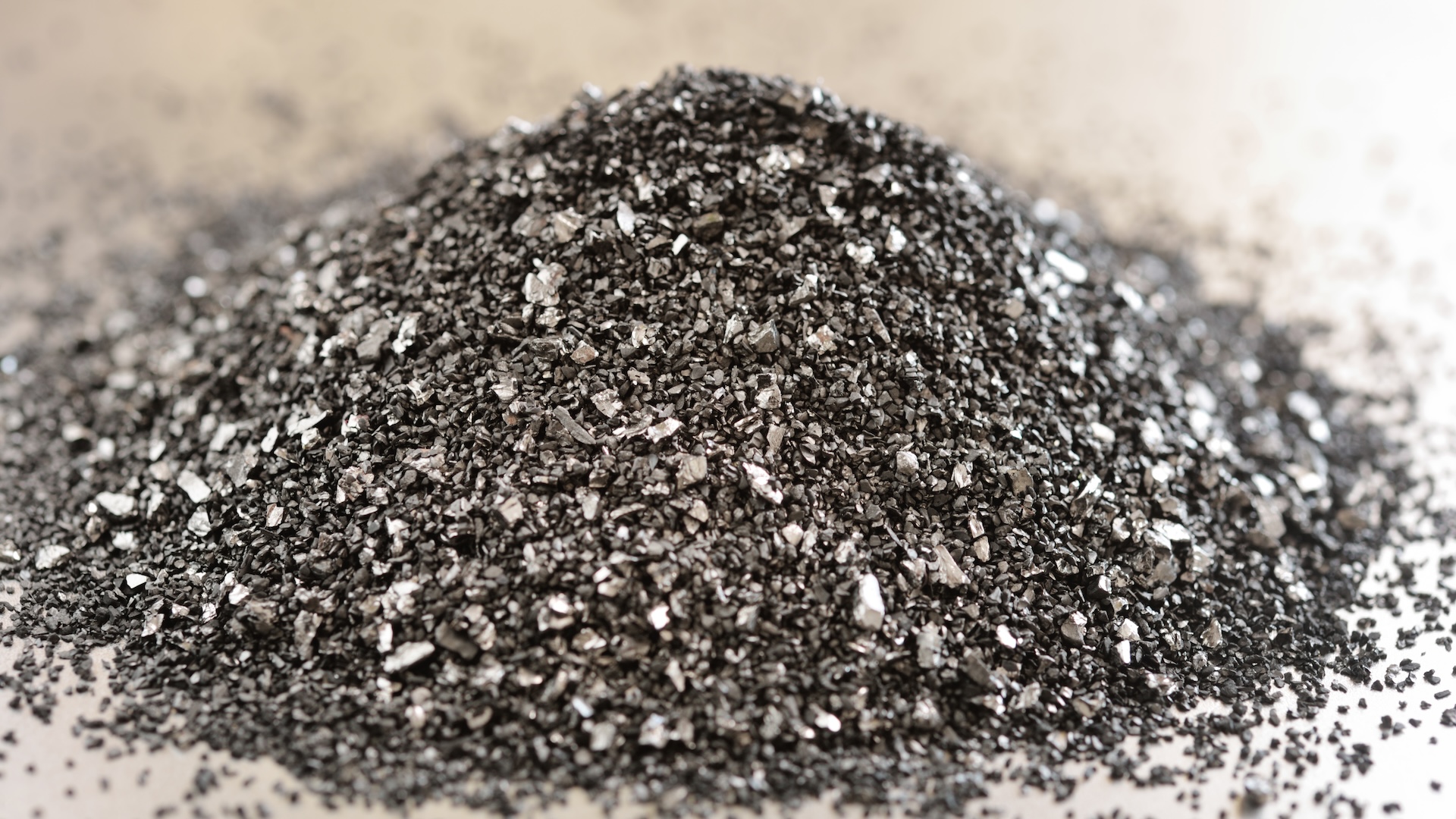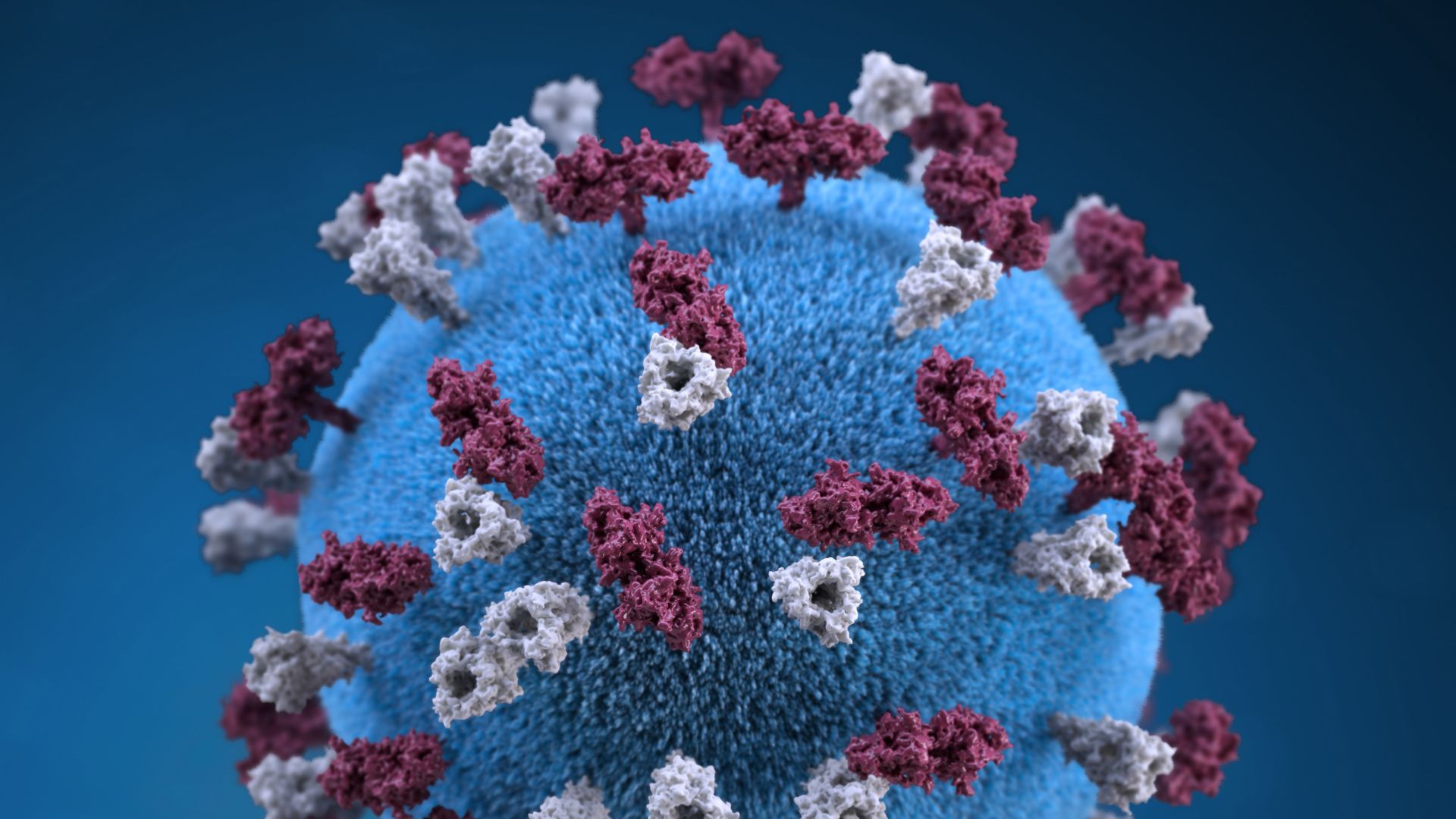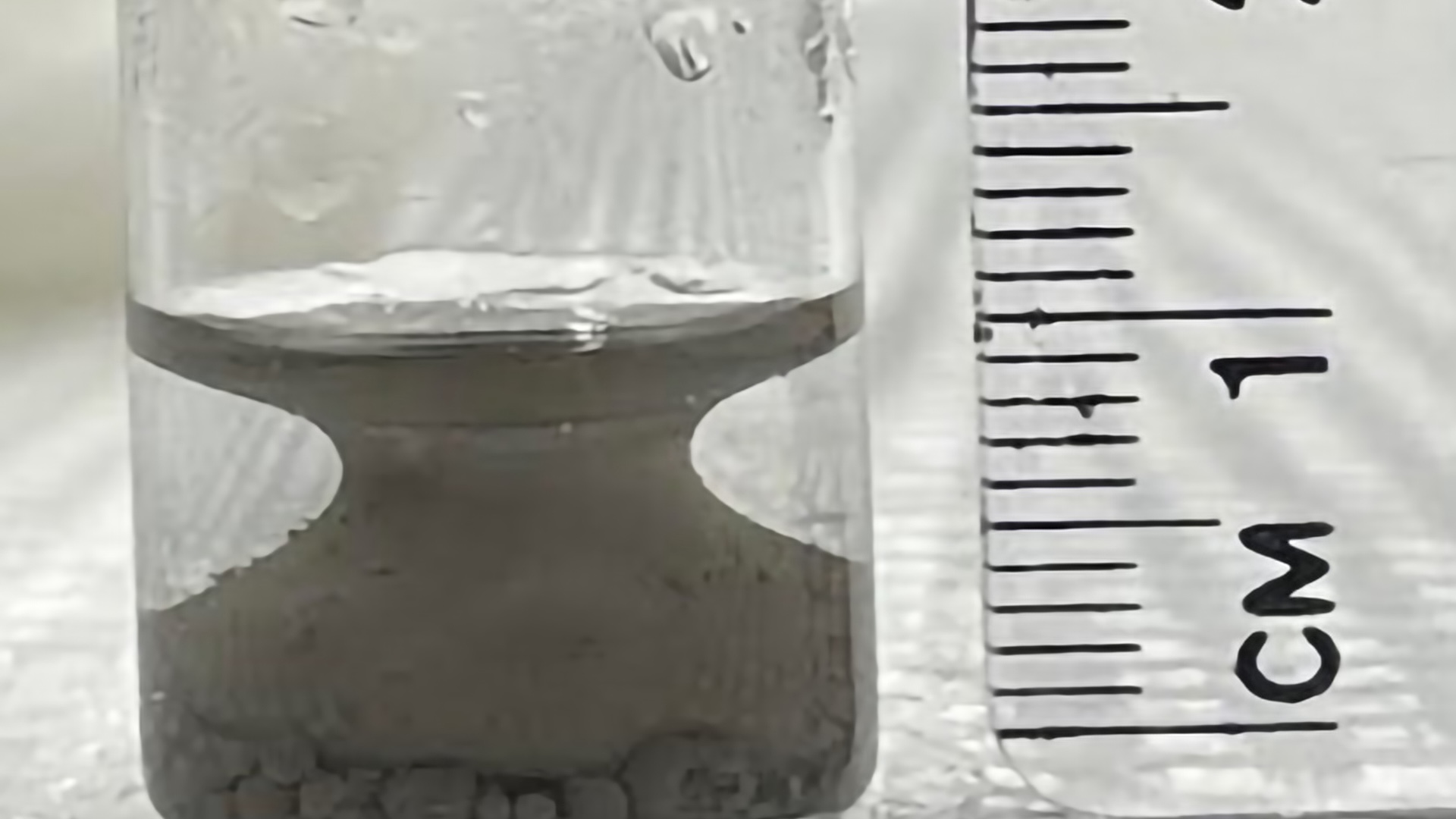Does activated charcoal interact with medication?
Activated charcoal can reduce the effectiveness of certain medications. But why is that?

Activated charcoal is a fine, black powder that's very good at grabbing hold of chemicals, which is why it's commonly used to treat poisoning. Some people use activated charcoal in an attempt to reduce gas and bloating, to prevent hangovers, or to "cleanse" the digestive tract — although there is little to no scientific evidence to back up these claims. And thanks to its ability to turn foods and drinks black, activated charcoal is also a popular food coloring agent, particularly around Halloween.
What many people don't realize, however, is that activated charcoal can interfere with certain medications by reducing how much of the drug gets into the bloodstream, diminishing its effectiveness.
But how does activated charcoal interact with medications?
The main mechanism behind this interaction is adsorption, Lingtak-Neander Chan, a professor of pharmacy at the University of Washington, told Live Science in an email. Adsorption is a process by which molecules stick to the surface of a material. Thanks to its incredibly porous structure, activated charcoal has a large surface area that makes it highly effective at adsorbing — or holding on to — drug molecules on its surface.
Related: How does grapefruit interact with drugs?
"This essentially functions like a fishing net," Chan said, because the activated charcoal traps drug molecules in the gut.
When a drug is ingested — for example, in a pill or liquid form — it must pass through the lining of the gut in order to enter the bloodstream. From there, it exerts its effects on the body. But if activated charcoal is present in the digestive tract, the drug molecules remain in the gut and are eventually excreted, together with the activated charcoal.
Sign up for the Live Science daily newsletter now
Get the world’s most fascinating discoveries delivered straight to your inbox.
In certain instances, the consequences of this interaction can be serious. A report published in the journal The Lancet described a case in which activated charcoal interfered with platelet-lowering medication; platelets are the part of the blood responsible for clotting. This interference rendered the drug ineffective in a patient with heart disease.
In another case, documented in the journal Antiviral Therapy, activated charcoal interfered with antiretroviral drugs, which are used to treat HIV. This lowered the concentration of drugs in the bloodstream, leading to a rebound in viral load — the number of virus particles in the body. Ideally, antiretrovirals drive down the amount of HIV in the body until it's undetectable. The patient also developed resistance to their medications because these too-low drug concentrations enabled the virus to survive, adapt and then continue replicating.
According to the medical resource StatPearls, activated charcoal limits absorption of a wide range of drugs, including common painkillers, sedatives and antidepressants. The larger a drug molecule is, the more likely it will be caught by activated charcoal, Chan noted. Some hormone-based drugs, including birth control pills, can be captured by activated charcoal for this reason.
On the other hand, medications that have strong ionic charges — meaning they have very positive or very negative electrical charges — don't tend to bind well with charcoal. These include medications like lithium, used in the treatment of bipolar disorder, and oral iron supplements. These substances are still absorbed efficiently when activated charcoal is in the gut.
Related: How does arsenic kill?
Not all drugs within the same class are affected equally by activated charcoal.
"This is because the adsorption effect depends on the physical characteristics and the size of the drug molecules," Chan explained. For example, one blood-pressure medication might adsorb to activated charcoal, while another in the same class might not. So it's difficult to make sweeping statements about potential drug interactions.
Timing is crucial for avoiding activated charcoal's interaction with drugs. The adsorption effect is strongest when both the drug and the charcoal are ingested within an hour of each other, Chan said. In the emergency department, it's often used if a patient is suspected of having ingested poison less than an hour or two prior to admission, he said.
Another factor to consider is the dose of activated charcoal. In cases where it's used to treat poisoning, the typical dose is 1 gram per kilogram of body weight, according to Chan. This ensures maximum adsorption of the ingested toxic substance. The quantity of activated charcoal found in trendy household products, such as some toothpastes and foods, is comparatively small — "much lower than 1g/kg in most cases," he said. That makes it less likely to interfere with medications.
People who use activated charcoal for purposes other than treating poisoning — such as for alleged gut cleansing or detoxing — should pay attention to how much charcoal they are taking and the time between when they take the activated charcoal and when they take medications, Chan advised. Consult a health care provider if you're taking both activated charcoal and medications.
This article is for informational purposes only and is not meant to offer medical advice.
Ever wonder why some people build muscle more easily than others or why freckles come out in the sun? Send us your questions about how the human body works to community@livescience.com with the subject line "Health Desk Q," and you may see your question answered on the website!

Clarissa Brincat is a freelance writer specializing in health and medical research. After completing an MSc in chemistry, she realized she would rather write about science than do it. She learned how to edit scientific papers in a stint as a chemistry copyeditor, before moving on to a medical writer role at a healthcare company. Writing for doctors and experts has its rewards, but Clarissa wanted to communicate with a wider audience, which naturally led her to freelance health and science writing. Her work has also appeared in Medscape, HealthCentral and Medical News Today.










